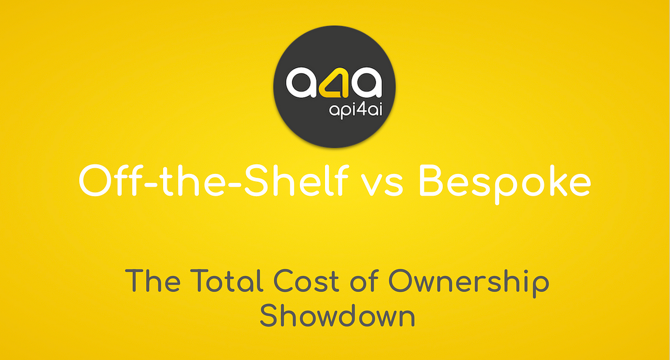Medium
3d
358

Image Credit: Medium
Off-the-Shelf vs Bespoke: The Total Cost of Ownership Showdown
- In 2025, AI-powered image processing has become a competitive necessity for companies, leading to the question of whether to use off-the-shelf APIs or build custom solutions.
- Off-the-shelf APIs offer quick integration without the need for model training or infrastructure setup, ideal for startups and MVP launches.
- However, as user base grows, off-the-shelf APIs may lead to pricing issues, limited customization, and potential vendor lock-in.
- On the other hand, building custom models provides long-term control and cost savings but requires investment in data pipelines, compliance, and skilled teams.
- The decision between off-the-shelf and custom solutions should consider the Total Cost of Ownership (TCO), including hidden costs like model maintenance and compliance efforts.
- Off-the-shelf APIs offer speed, scalability, and ease of use, making them ideal for quick validation of ideas and tasks like data extraction or image processing.
- However, as usage scales, per-call pricing of APIs can become a significant expense, necessitating a shift towards custom solutions for cost-effectiveness.
- Building custom AI solutions involves acquiring high-quality data, managing infrastructure, monitoring model drift, ensuring compliance, and building a skilled technical team.
- Understanding the Total Cost of Ownership (TCO) is crucial in comparing off-the-shelf APIs and custom solutions for long-term sustainability and cost-effectiveness.
- Choosing between off-the-shelf APIs and custom solutions should consider factors like compliance requirements, product evolution, and the strategic value of owning your AI stack.
- In some cases, a hybrid approach of using off-the-shelf APIs for certain functions and building custom models for specialized tasks may be the most effective strategy.
Read Full Article
21 Likes
For uninterrupted reading, download the app